The LG G3 was one of the best Android devices of last year as it brought a raft of upgrades and innovations, including the first Quad HD display on a commercially available smartphone.
Improving on the G3 was always going to be a challenge and this year’s flagship, the LG G4, comes with a series of refinements instead of innovations. How has LG made the handset even better? There’s a new camera, a curved design and – unlike other manufacturers – a removable battery and expandable storage.
Is LG's best enough to pose a serious challenge to the Galaxy S6 and Galaxy S6 Edge? Let’s take a closer look.
Specifications
The key LG G4 specs include:
- 5.5 inch IPS display, ~72.5% screen-to-body ratio (SBR)
- Quad HD resolution (1440 x 2560 pixels), ~ 538ppi pixel density
- Hexa-core Qualcomm Snapdragon 808 processor (2 x 1.82GHz, 4 x 1.44GHz)
- 3GB RAM, 32GB internal storage, microSD card (up to 128GB)
- 16MP camera, laser autofocus, Optical Image Stabilisation, 1/2.6” sensor size, HDR
- 2160p video recording @30fps, 1080p@60fps, Optical Stabilisation, HDR
- 8MP front camera, 1080p@30fps
- Wi-Fi 802.11 n/ac, dual-band, Bluetooth v4.1, NFC, Infrared port, GPS, FM radio
- 3000mAh removable battery, Optional Qi Wireless Charging
- Colors: Grey, White Gold, Leather Black, Leather Brown, Leather Red
- 148.9 x 76.1 x 6.3-9.8mm, 155 grams, microSIM
Design

The G4 borrows the design of the LG G Flex 2 and introduces a curved design to LG’s flagship G range for the first time. Unlike the curved phablet however, the G4’s curve is less pronounced and as a result, the handset is 6.3mm thick at its thinnest point (the edges) and 9.8mm at its thickest (the middle).

The G4 keeps the same 5.5-inch Quad HD display from the G3 but the G4 is a slightly larger handset with curved display and wider upper and lower bezels. While the G4 shares the same screen size and resolution as the G3, LG says that nano-particles from the quantum dot technology used in the G4 result in a brighter and more colorful images on the screen.
The G4 continues the rear-button design of the G series and as a result, both the right and the left sides of the handset are free of ports.

On the back, there’s an all-new camera (which we’ll cover in more detail below) and beneath that, the familiar rear-button design. The buttons are slightly more recessed than on the G3 and as a result, they are harder to press; there have been several occasions when I’ve switched the screen off when trying to turn the volume down in the middle of a film. This is a shame as it deters from an otherwise-unique design that was actually usable in the G3.

One of the key features of the G4 is the choice of rear finish, and the plastic finish certainly doesn’t do the handset justice. While the leather feels premium (at least it did when we went hands on at the launch) and adds another dimension to the handset, the titanium finished plastic doesn’t have the same appeal.

Underneath the back cover, the G4 has a removable 3000mAh battery and a microSD card slot; while many manufacturers have removed the removable battery and/or expandable storage from their flagship devices, LG opted to keep them in the G4, and this could be the biggest selling point yet.
The hardware is certainly impressive but is LG’s G UX 4.0 good enough? Let’s take a closer look.
Software
The G4 comes with the fourth iteration of LG’s G user experience and arguably, the best version yet. At launch, LG claimed they had worked closely with Google on the user experience and as a result, we have a handset that shares many traits with stock Android but comes with LG’s enhancements on top.


Core to G UX 4.0 is integration with Google Apps and as a result, Google Chrome is the only browser on the handset, Google Drive is the default storage for many of LG’s own apps and each user gets 100GB Google Drive storage for free for two years.
The UX is largely similar to the G Flex 2 with a few improvements and new features. The calendar app has been updated and can use most parts of the phone to create reminders, which should be useful for some users. The gallery app has been given categories to make reviewing images simple and you can now also customize your navigation keys with up to five buttons.



Smart Bulletin is on-board and offers information from numerous sources including LG Health, smart tips and battery. This is certainly an improvement over past devices but can be easily switched off if it’s not for you. LG’s QSlide apps also make an appearance and offer a floating window for a dialer or calculator but activating this adds an extra line to your notification menu dropdown.



Dual Window improves multitasking and the Smart Notice widget, which offers contextual information and alerts (such as current weather conditions and applications in the background that are draining battery). The widget is somewhat useful at times but is unlikely to be used by everyone as LG might hope.
Camera

The camera is one of the biggest improvements in the G4 over the G3 and on the rear, there’s an all-new 16MP shooter, while the front camera has been upgraded from 2.1MP on the G3 to an 8MP sensor.
As we discovered at the launch event, the camera is one of LG’s key G4 selling features and it provides arguably the best camera on an Android phone, beating even the very good camera in the Samsung Galaxy S6 Edge. The camera on the back of the G4 is certainly larger than the G3 and also comes with an all-new f/1.8 aperture lens, which is absolutely fantastic and the largest aperture on any smartphone.

At launch, LG spoke about how a large aperture opening is only useful if the camera sensor itself is large as well and as a result, the G4 is a behemoth in the camera department. Also complimenting the 16MP camera is optical image stabilization (for use in both photo and video modes), a color spectrum and a laser autofocus and as a result, the images produced are certainly very pleasing.

Arguably the best camera feature is the range of camera modes; the Simple mode allows you to tap on subjects for quick focusing and capture, the Auto mode offers a few more controls and the Manual mode offers a plethora of options.

It’s here the G4 reminds me of the Lumia 1020, as any changes to the histogram, shutter speed, white balance, ISO or aperture all display quickly in the viewfinder. This allows you to tweak the image with ease and if you’re not happy with this, the G4 can shoot RAW and JPEG images simultaneously, allowing you to do even more with the images in applications like Adobe Lightroom.
White balance is a key part of the G4 camera experience as the color spectrum sensor analyzes the entire scene to offer accurate color reproduction. Coupled with laser guided autofocus, taking an image is really simple and while Manual mode is incredibly useful, the Simple and Auto modes make taking excellent images very simple.
In good lighting, the images are pleasing but in low-light, the noise reduction kicks in resulting in a little noise when zooming into an image. The front camera is an 8MP sensor capable of capturing Full HD video and from our testing, the front snapper is certainly very capable. In good lighting, it can capture outstanding selfies with large amounts of detail, like the one below. The G4 also comes with gestures to make taking selfies easier, meaning you can raise your hand and close your fist to take a selfie and do that twice to take four quick snapshots.
Overall, the images are actually very pleasing and certainly, the G4 has one of the best cameras on an Android smartphone today. It’s worth noting however, that we’re using a pre-production sample here, which may mean that final retail units capture slightly different images. You can see more images captured on the G4 in the gallery below.
Here's a couple of Full HD videos captured on the LG G4:
Performance
Qualcomm has had a largely troublesome year so far with its Snapdragon 810 processor being dogged by rumors of overheating issues. As we covered in our HTC One M9 review – which is powered by the 810 CPU – the handset does get hot but Qualcomm have said that the wide-spread rumors of overheating problems are rubbish.

Unlike Samsung – which switched from a Qualcomm processor to their in-house Exynos 7420 processor – LG opted to use a Qualcomm processor but instead of the 810, they used the 808 and worked closely with the company to optimize it for the G4 handset. Don’t be fooled by the lower number though, as LG’s approach seems to have paid dividends with the G4 offering one of the smoothest LG experiences ever.
The Snapdragon 808 is a hexa-core processor and uses two 1.82GHz Cortex-A57 cores and four 1.44GHz Cortex-A53 cores to power the G4. In actual usage, LG’s improved G UX 4.0 feels mostly smooth but there are little hints of lag and bloat, which are barely noticeable but still present.

This may be optimized at a later date through software updates but it’s certainly present in our unit; it’s worth noting again however, that we’re using a pre-production model and this may not be final software (we’re still waiting to hear from LG on this) so final retail units might have better performance.
How does the G4 stack up against the HTC One M9 and the Galaxy S6 Edge? Let’s run some benchmarks and find out:



Left to right: LG G4, Samsung Galaxy S6 Edge, HTC One M9
In the AnTuTu benchmark - which tests the CPU, RAM and Graphics - the G4 scores 48969, which is lower than the Galaxy S6 Edge and the One M9, which score 67971 and 53037 respectively.



Switching to 3DMark – which tests the graphical capabilities of a handset – the G4 achieved a score of 18414, which again is lower than both the Galaxy S6 Edge (21754) and the One M9 (22588).

![]()

Our last benchmark test is GeekBench 3, which tests both, an individual core and all the cores, of the smartphone’s processor. In this test, the LG G4 scores 1098 in the single-core test and 3352 in the multi-core test. In comparison, this is lower both the Galaxy S6 Edge – which scores 1253 and 4241 – and the One M9 – which scores 1122 and 3716.
It’s interesting that despite good performance and a fluid experience in actual usage, the LG G4 benchmark results are significantly lower than two of its key rivals. While benchmark numbers don’t tell the entire story, they do reveal some interesting facts and it remains to be seen whether software updates and optimizations can improve the performance.
Battery Life
The trend this year has been for manufacturers to release handsets with non-removable batteries and even Samsung – which previously had only used removable batteries in its flagships – opted to go for non-removable in the Galaxy S6 Edge.


LG however, decided to buck the trend and as a result, the G4 is slightly thicker than its rivals with a bigger 3000mAh battery that you can swap out. The battery itself is larger than most other smartphones and the extra capacity certainly showed in use.
Over ten days with the G4, the handset never once failed to last less than 24 hours of medium usage, and with low to medium usage (including two and a half hours of screen-on-time), the handset lasted over three days. For a smartphone in 2015, this is nothing short of fantastic, especially given that the handset has a Quad HD display that is both bright and colorful.
Conclusion
Back to my original thought, the LG G3 was one of the best devices of last year and the G4 certainly continues this trend. However, while it is certainly a fantastic handset, it doesn’t feel as premium as I had hoped. The slight spots of lag spoil what is otherwise, an impressive experience. The camera, on the other hand, is fantastic and one of the best on Android.

The thing about the G4, is that while other manufacturers seem to offer an experience while holding back on a few features, LG have tried to cram as much as possible into the handset. This is not necessarily a bad thing and the presence of the expandable storage, removable camera and manual camera mode will be a positive for certain customers.
At a reported cost of £500 (£525 for the Leather backed version), which is roughly $649, the LG G4 is cheaper than the Galaxy S6, S6 Edge, iPhone 6 and the HTC One M9. Although it doesn't have the glass/metal build of its rivals, it's exceptional value for money.

In the UK, contract pricing starts from just £35 per month, which is significantly cheaper than its rivals and a similar price to the iPhone 6 (non plus version) despite that handset launching nearly eight months ago. Overall, the G4 offers more value for money than most current flagship smartphones do, and as the smartphone that aims to cater for everyone, it certainly comes with a price tag that will appeal to most customers.
If you want a truly unique smartphone, the LG G4 is among the best Android devices available on the market today, and I would highly recommend going for the leather version. If other flagship devices haven’t quite hit the mark for you, then the G4 could be the smartphone you need; it’s certainly not flawless but it definitely comes close.



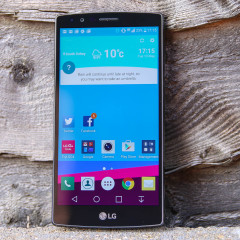
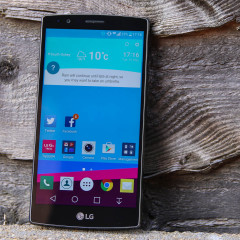


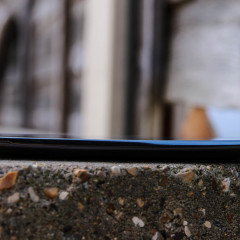
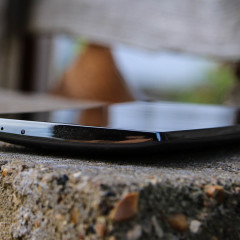
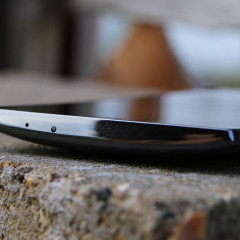

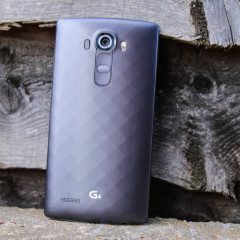

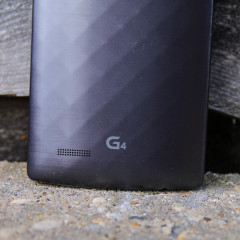

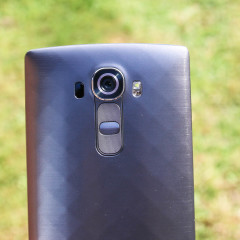
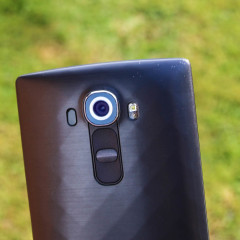
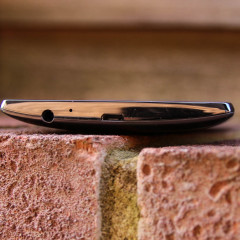
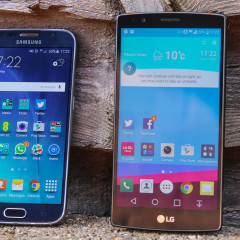
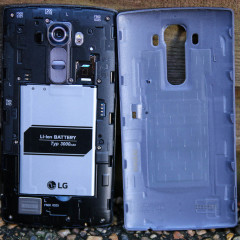
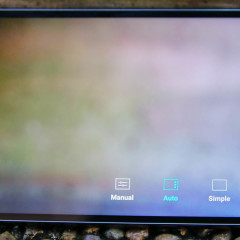
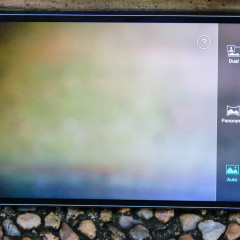
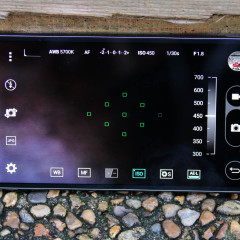
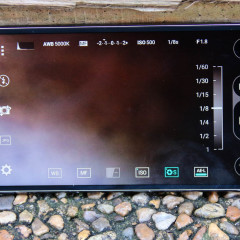


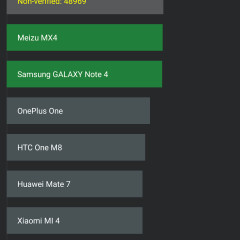


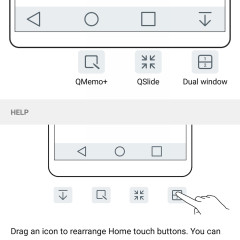
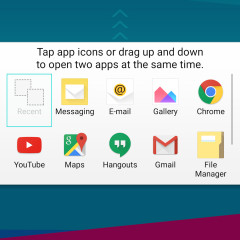
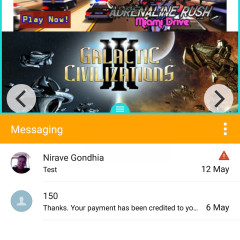

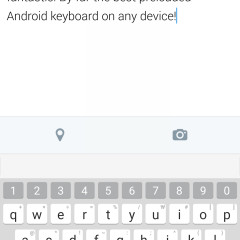
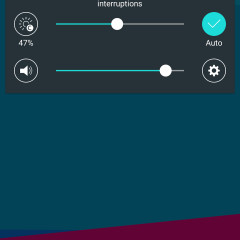
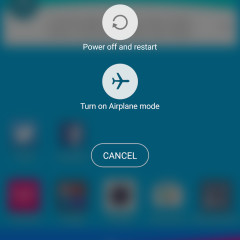
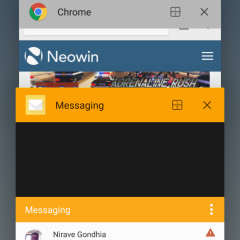

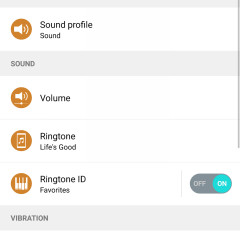
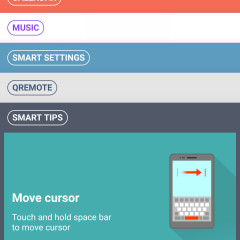

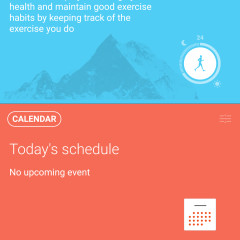
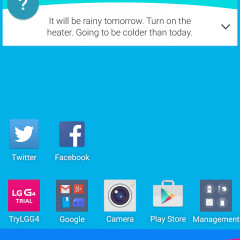




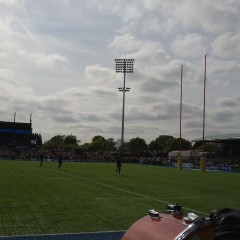














26 Comments - Add comment